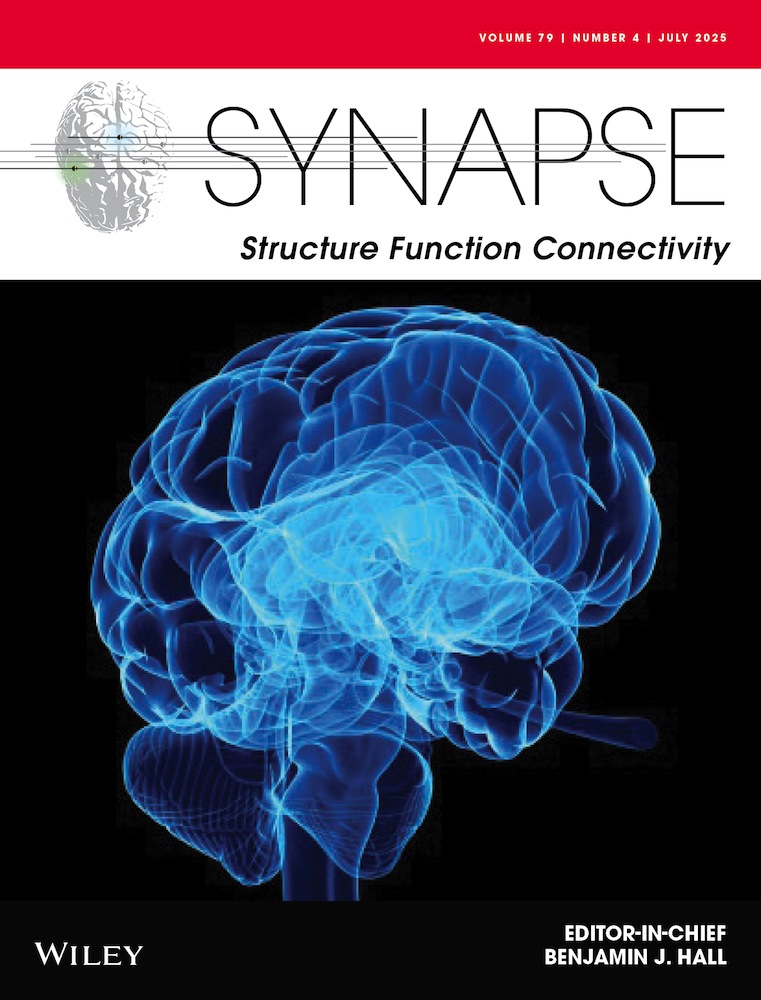Loss of metabolites from monkey striatum during PET with FDOPA
Abstract
The decarboxylation of 6-[18F]fluorodopa (FDOPA) and retention of the product [18F]fluorodopamine within vesicles of catecholamine fibers results in the labeling of dopamine-rich brain regions during FDOPA/PET studies. However, this metabolic trapping is not irreversible due to the eventual diffusion of [18F]fluorodopamine metabolites from brain. Consequently, time–radioactivity recordings of striatum are progressively influenced by metabolite loss. In linear analyses, the net blood–brain clearance of FDOPA (K , ml g−1 min−1) can be corrected for this loss by the elimination rate constant k
, ml g−1 min−1) can be corrected for this loss by the elimination rate constant k (min−1). Similarly, the DOPA decarboxylation rate constant (k
(min−1). Similarly, the DOPA decarboxylation rate constant (k , min−1) calculated by compartmental analysis can also be corrected for metabolite loss by the elimination rate constant k
, min−1) calculated by compartmental analysis can also be corrected for metabolite loss by the elimination rate constant k (min−1). To compare the two methods, we calculated the two elimination rate constants using data recorded during 240 min of FDOPA circulation in normal monkeys and in monkeys with unilateral 1-methyl-4-phenyl-1,2,3,6-tetrahydropyridine (MPTP) lesions. Use of the extended models increased the magnitudes of K
(min−1). To compare the two methods, we calculated the two elimination rate constants using data recorded during 240 min of FDOPA circulation in normal monkeys and in monkeys with unilateral 1-methyl-4-phenyl-1,2,3,6-tetrahydropyridine (MPTP) lesions. Use of the extended models increased the magnitudes of K and k
and k in striatum; in the case of k
in striatum; in the case of k , variance of the estimate was substantially improved upon correction for metabolite loss. The rate constants for metabolite loss were higher in MPTP-lesioned monkey striatum than in normal striatum. The high correlation between individual estimates of k
, variance of the estimate was substantially improved upon correction for metabolite loss. The rate constants for metabolite loss were higher in MPTP-lesioned monkey striatum than in normal striatum. The high correlation between individual estimates of k and k
and k suggests that both rate constants reveal loss of decarboxylated metabolites from brain. Synapse 41:212–218, 2001. © 2001 Wiley-Liss, Inc.
suggests that both rate constants reveal loss of decarboxylated metabolites from brain. Synapse 41:212–218, 2001. © 2001 Wiley-Liss, Inc.




